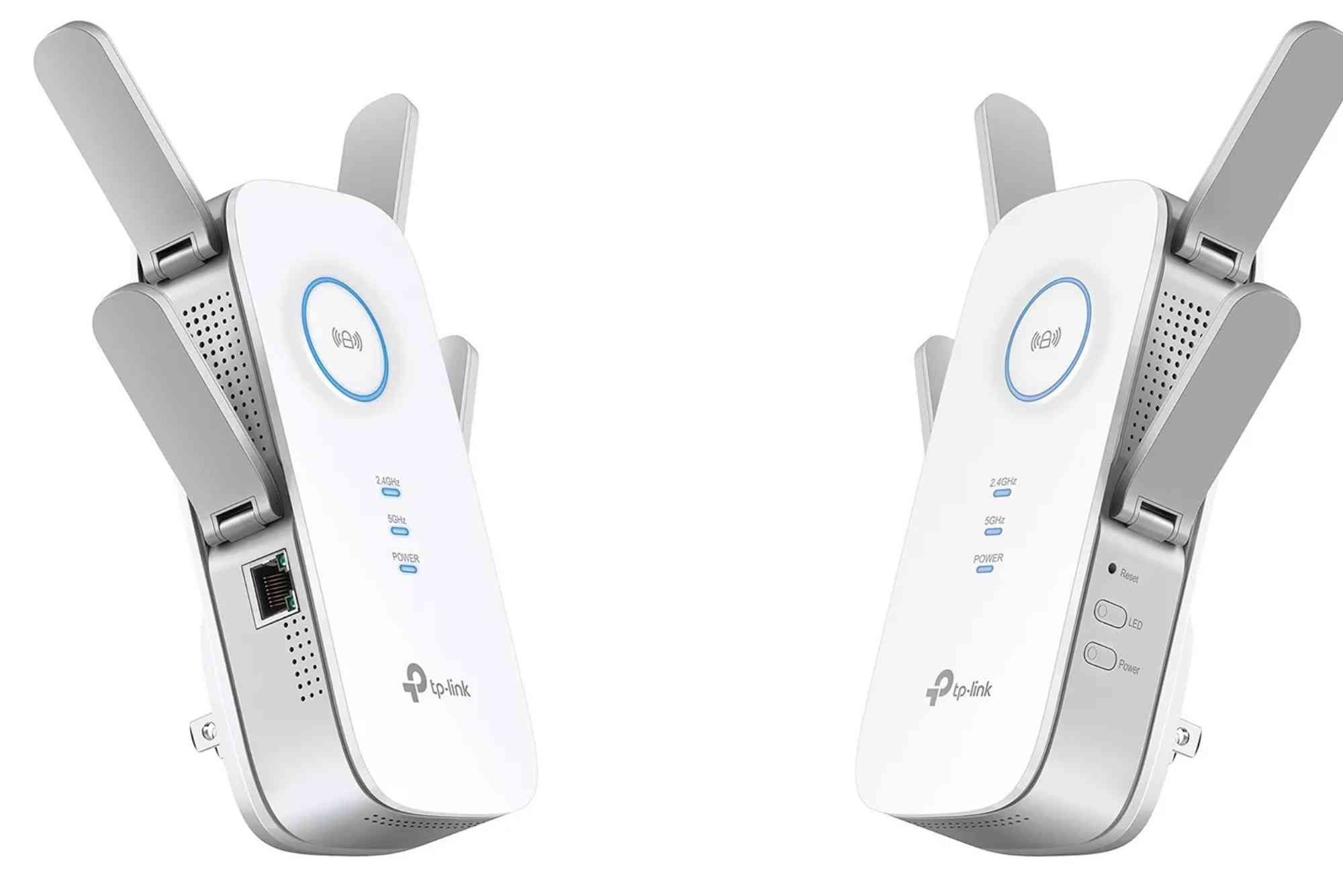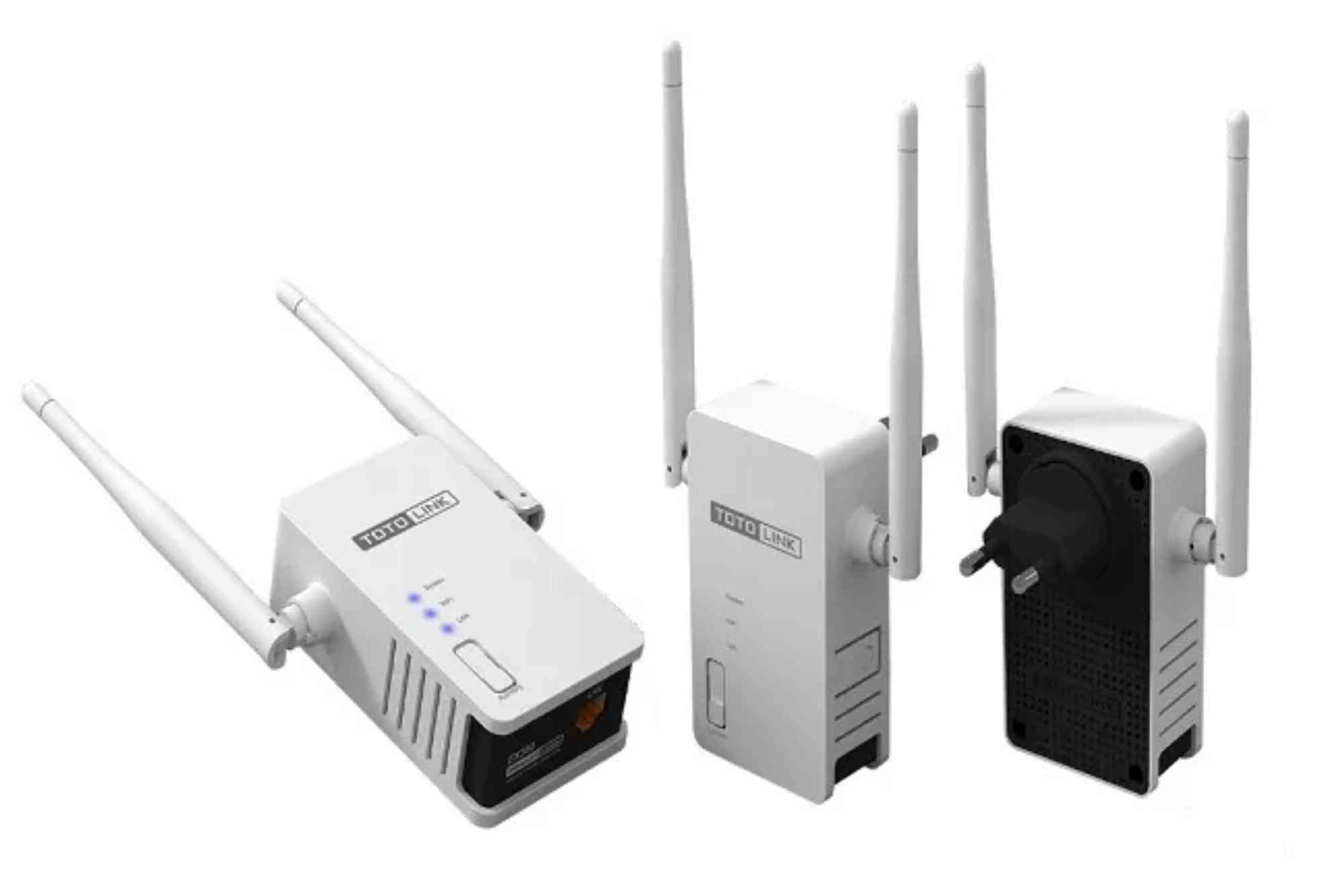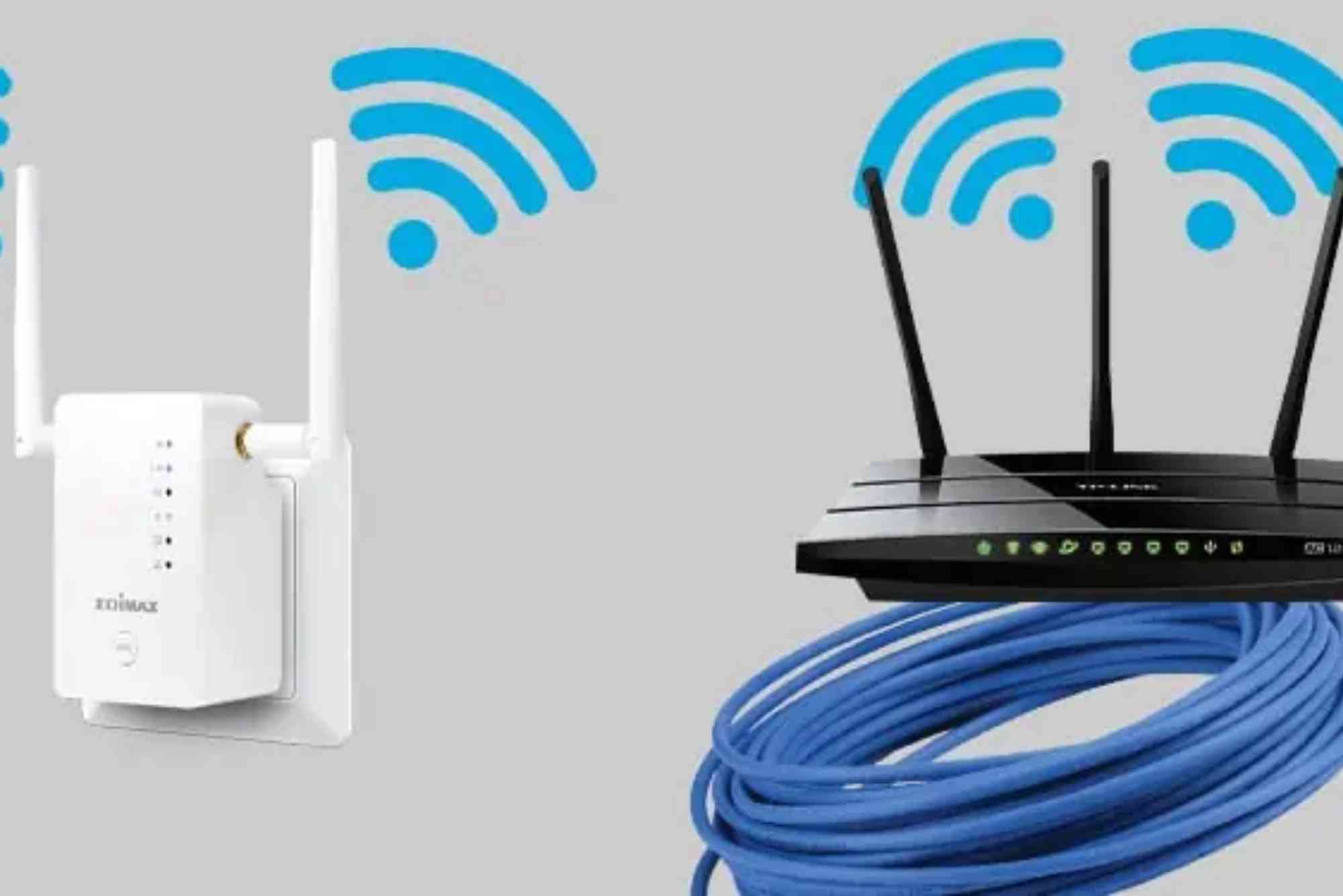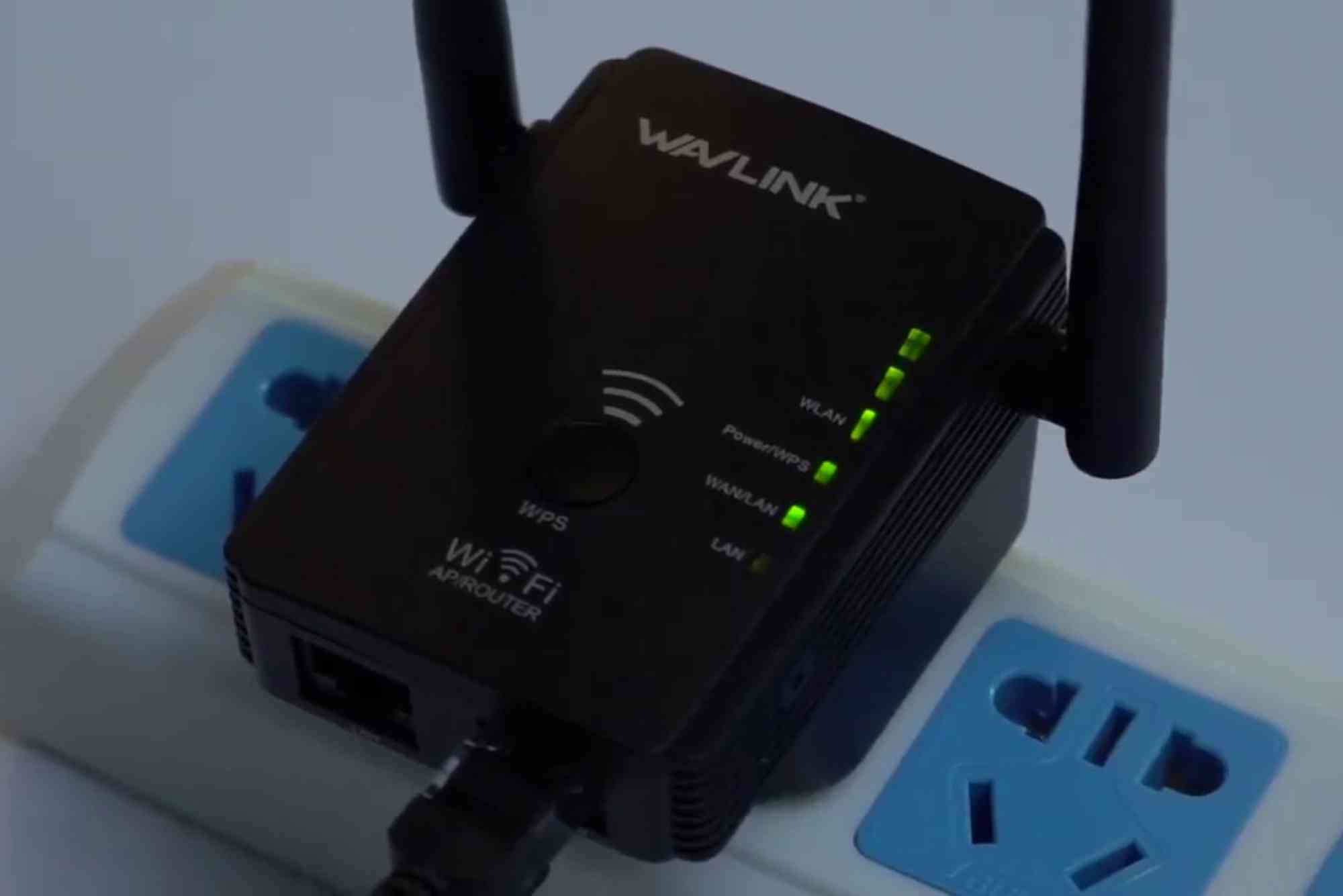Introduction
If your internet connection feels unstable, or you can’t log into your router, a factory reset might be the solution. Knowing how to reset router to factory settings is essential for troubleshooting network problems, removing forgotten passwords, or preparing a device for resale. A proper reset restores your router to its original state, just as it was when you bought it.
However, resetting a router incorrectly can cause frustration. You could lose your Wi-Fi configurations, custom security settings, and even your ISP credentials. That’s why it’s important to follow the correct process step by step. In this guide, you’ll learn not only how to reset your router safely but also why and when you should do it.
Why Resetting a Router is Necessary
Sometimes, your router simply doesn’t perform the way it should. Resetting it to factory settings can resolve issues such as:
-
Forgotten admin passwords that prevent access to settings
-
Frequent connection drops or slow internet speeds
-
Misconfigured network settings after a failed update
-
Preparing the router for a new user or location
Unlike a simple restart, a factory reset wipes everything. This includes Wi-Fi names, saved passwords, and custom firewall rules. Think of it as pressing a “restart button” for your home network.
Difference Between Restart, Reset, and Factory Reset
It’s easy to confuse these terms, but they are different:
Restart (Reboot)
A restart means turning the router off and on again. This refreshes the memory and clears temporary glitches without deleting settings.
Reset (Soft Reset)
A soft reset typically restores only the connection without wiping user configurations. This is done through the router’s settings panel.
Factory Reset (Hard Reset)
This is the complete reset method. All personalized settings are erased, and the router returns to default factory configurations.
Knowing these distinctions ensures you perform the correct action when facing internet issues.
Preparing Before You Reset
Before you reset your router, take a few steps to avoid complications:
-
Back up your settings – Many modern routers allow you to export settings through the admin panel.
-
Note down ISP credentials – Your internet service provider (ISP) may require a username and password for reconnection.
-
Write down your Wi-Fi SSID and password – You’ll need to set these up again.
-
Check the manufacturer’s manual – Each router model may have unique instructions.
Taking these precautions ensures you won’t be stuck without internet access after the reset.
Step-by-Step Guide: How to Reset Router to Factory Settings
Resetting your router correctly involves two primary methods: using the reset button and using the web interface.
Using the Physical Reset Button
Most routers have a small reset button at the back. Here’s how to use it:
-
Keep the router powered on.
-
Locate the reset button (usually a small hole requiring a pin or paperclip).
-
Press and hold the button for 10–30 seconds.
-
Release the button when the lights blink or turn off.
-
Wait for the router to restart with default settings.
This is the most common and reliable way to perform a factory reset.
Resetting Through the Web Interface
If you can log into your router:
-
Open a browser and type your router’s IP address (often 192.168.1.1 or 192.168.0.1).
-
Enter the admin username and password.
-
Go to System, Administration, or Settings depending on your model.
-
Look for Factory Reset or Restore Default Settings.
-
Confirm and wait for the reset process.
This method gives you more control and may allow you to back up settings first.
Reconfiguring Your Router After Reset
After resetting, your router is like new. To get back online, you must reconfigure it:
-
Reconnect to your ISP – Enter any required login details provided by your service provider.
-
Set up Wi-Fi – Create a unique SSID and a strong password.
-
Update security settings – Enable WPA3 or WPA2 encryption for maximum protection.
-
Change the admin password – Avoid using defaults like “admin” to protect against unauthorized access.
If you need professional help with internet configurations, providers like Dhanote Internet Services offer reliable technical support and high-speed connectivity solutions.
Common Problems After Reset and How to Fix Them
Sometimes, users face issues even after a proper reset. Here are common scenarios:
-
Can’t connect to the internet – Check if your ISP credentials are correctly entered.
-
Forgot default login details – Most routers have them printed on a sticker at the back.
-
No Wi-Fi signal – Re-enable wireless mode from the settings panel.
-
Firmware errors – Update the router to the latest firmware version.
If problems persist, contacting your ISP or router manufacturer’s support line is the best option.
Best Practices for Router Maintenance
Resetting your router should not be your first troubleshooting step. To keep your router performing well:
-
Restart it once a week to clear cache.
-
Update firmware regularly for security patches.
-
Place the router in a central, elevated location for better coverage.
-
Avoid overloading with too many connected devices.
-
Change Wi-Fi passwords periodically for security.
These habits reduce the need for frequent resets and extend your router’s lifespan.
Security Considerations After Reset
A reset wipes your custom security settings, leaving your network vulnerable if not reconfigured. Always:
-
Set up a strong admin password immediately.
-
Use the latest WPA3/WPA2 encryption.
-
Disable remote management unless necessary.
-
Monitor connected devices to prevent unauthorized access.
Neglecting these steps could expose your home network to cyber threats.
FAQ Section
How do I reset my router if I forgot the password?
You can use the physical reset button. Press and hold it for 10–30 seconds until the router restarts. This will erase the old password.
Will resetting my router improve internet speed?
Resetting clears misconfigurations and cache, which can improve speed. However, slow speeds are often due to ISP limitations or network congestion.
How long does it take to reset a router?
A factory reset usually takes between 1 and 5 minutes, depending on the router model.
Do I need to reset my router regularly?
No. A factory reset should only be done when troubleshooting major issues. For normal performance, a simple restart is enough.
What happens if I reset my router without backing up settings?
You’ll lose all saved configurations, including Wi-Fi passwords, port forwarding rules, and ISP details. You’ll need to set everything up again.
Learning how to reset router to factory settings is a valuable skill for any internet user. Whether you’re troubleshooting slow connections, removing forgotten passwords, or preparing your router for a new setup, following the correct steps ensures a smooth process.








